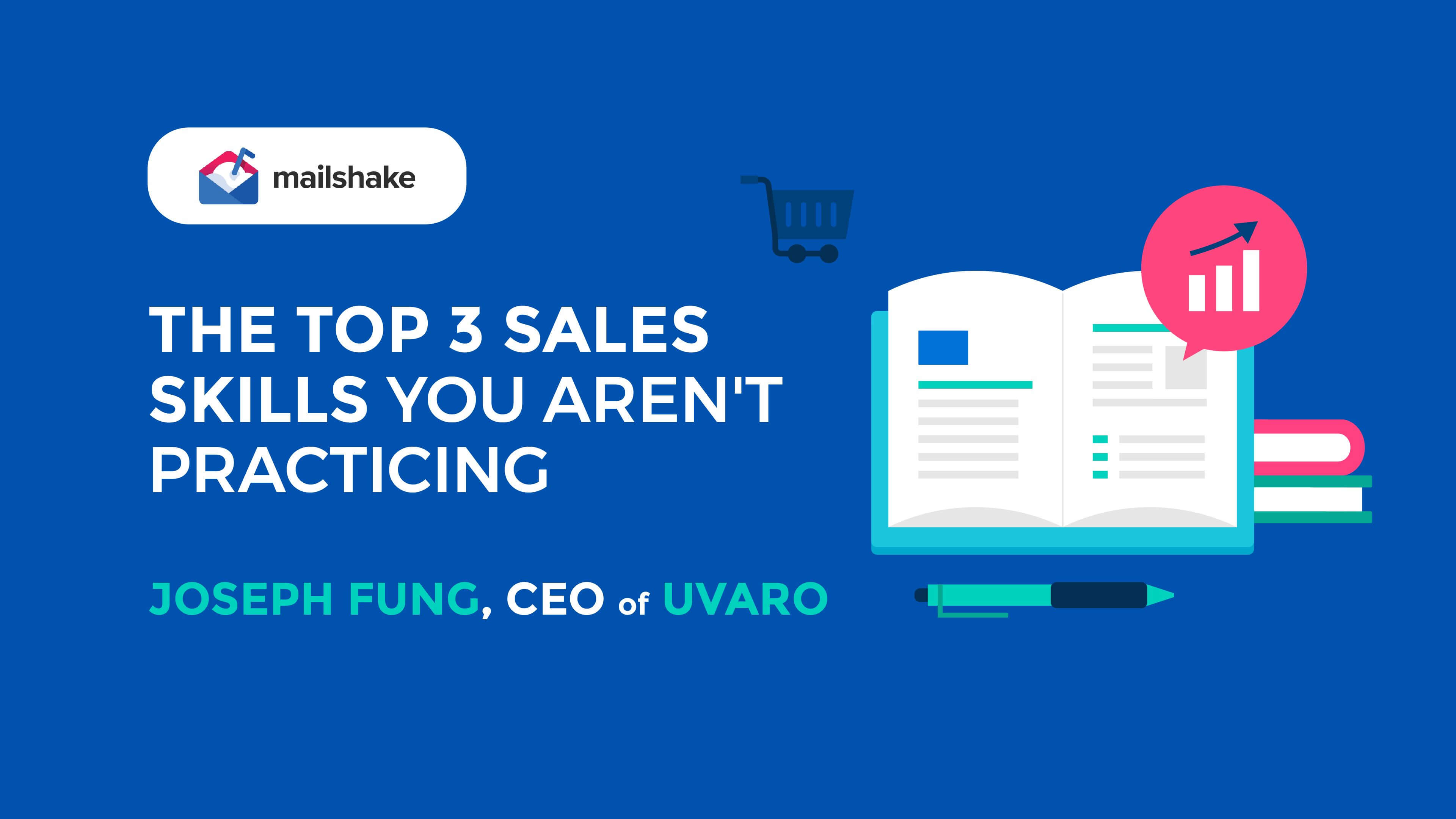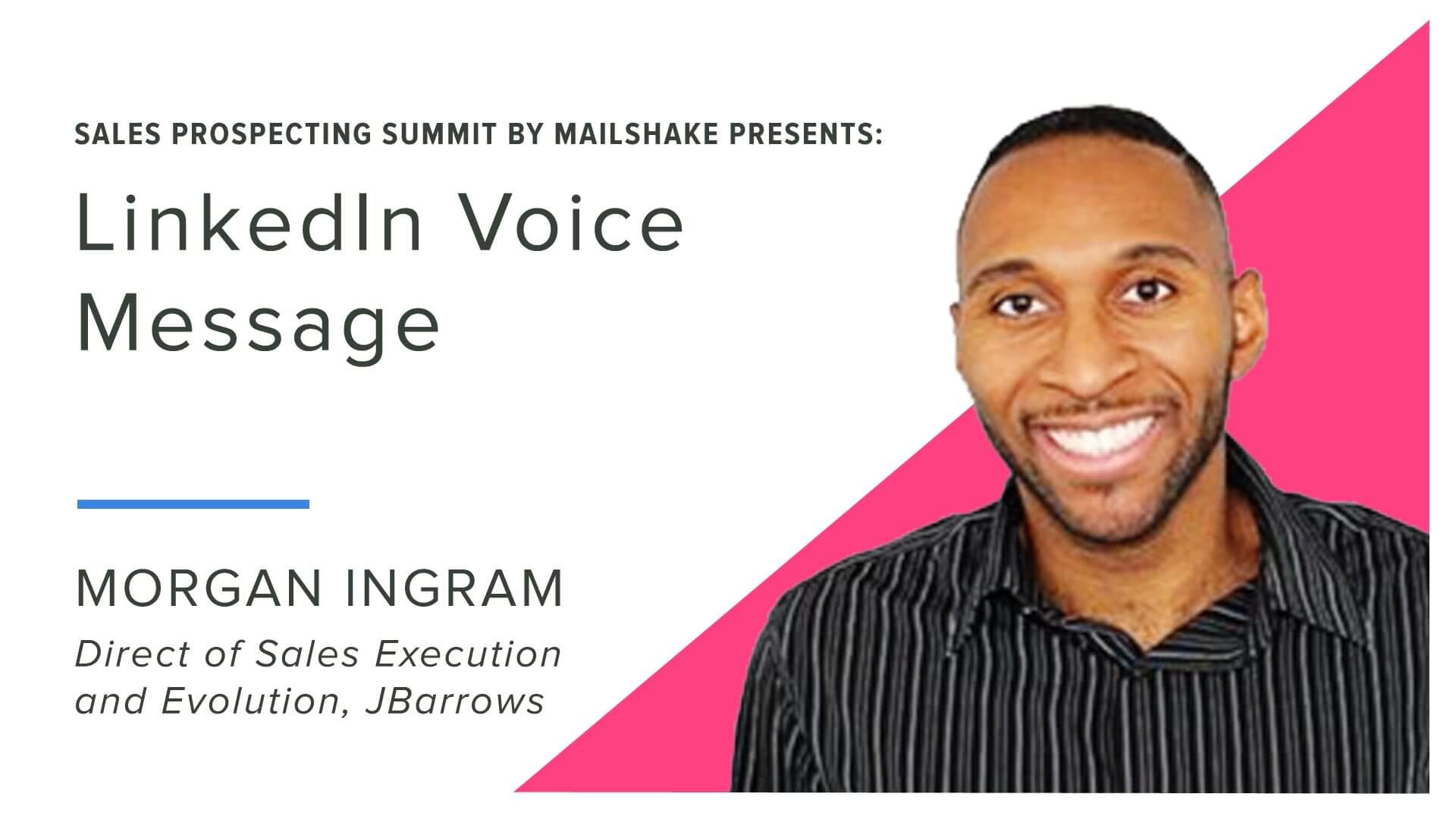Personal Selling: Definition, Techniques, and Examples
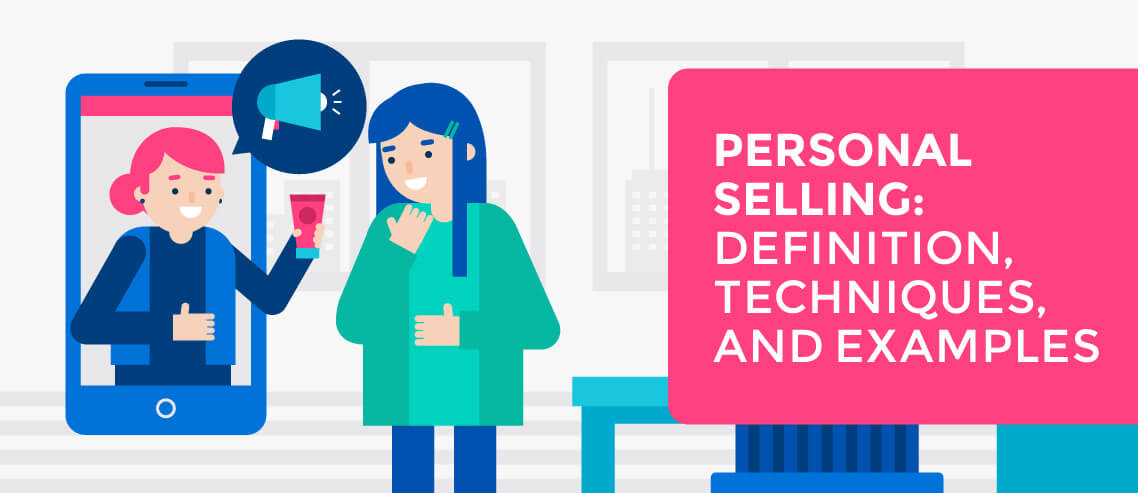
Contents
Once upon a time, sales was 100% personal selling. But now, thanks to globalization, advances in technology, and the rising cost of travel, personal selling is just one of many techniques available to salespeople to warm up a lead and close a deal.
Personal selling should be part of a wider sales mix, alongside telesales, email marketing, sales promotion, advertising, and public relations. But personal selling must not be overlooked: it remains an extremely important part of a salesperson’s arsenal and is a skill every good salesperson must master.
Personal selling is just one of many skills you should have in your sales toolbox. For more sales skills every salesperson needs to master, check out all of our resources on sales skills you should build.
What is personal selling?
Personal selling is when a salesperson meets a potential buyer or buyers face-to-face with the aim of selling a product or service. The most traditional form of sales, many salespeople are lured to the industry by the adrenaline rush of high-stakes personal selling; picture those whisky-swilling Mad Men, or the ultra-driven salesmen of Glengarry Glen Ross.
These days, there’s a lot more to sales than attending meetings.
Why? Simply put – the expense.
Think about it: each face-to-face meeting requires significantly more investment – from both sides – than just contacting a prospect via email or phone. Suddenly, you’ve got travel expenses. And the time it takes to prepare for, travel to, and take the meeting only adds to the cost. This is why it’s vital to consider the value and type of product you’re aiming to sell – as well as the likelihood of closing the deal – before automatically opting for personal selling.
But face-to-face meetings certainly still have their place. Consider this: 68% of B2B customers are lost due to indifference or perceived apathy rather than mistakes. Attending a sales meeting is a prime way to combat this issue by showing you care enough to invest time and money in your prospect on good faith.
Fifty-eight percent of buyers state that sales meetings are not valuable, and that there should be a greater focus on the value businesses can deliver to them. On the face of it, this doesn’t sound like great news for salespeople who shine in meetings. But it does mean that over 40% of prospects are open to sales meetings. The other 60% may just need convincing that a meeting will help you add real value to their business.
Personal selling techniques
Focus on the right leads
With the extra time and monetary investment required for face-to-face sales meetings, it’s essential businesses lock down ROI by choosing the right prospects to meet in person through a comprehensive lead-qualifying process.
Not every meeting will lead to a sale, but you can get yourself closer to hitting those sales stats by asking yourself:
- What is the value of this potential sale?
- What is the size of the business you’re selling to?
- Is your product or service genuinely going to serve the business well?
- Could building a strong relationship with the DM lead to more business down the line?
- Is a sales meeting actually going to help close the sale? Perhaps the DM is extremely time-poor and prefers email or telephone communication?
- What value can you add in a sales meeting?
Exceed expectations through preparation
Salespeople who turn up to a meeting without preparing properly are a serious irritant for buyers. In fact, 82% of B2B buyers think sales reps are unprepared. This suggests that many prospects have been deterred from sales meetings – which they may consider a waste of time – due to negative past experiences.
It’s your job to change their mind.
Buyers don’t want to work with pushy salespeople. For buyers, a positive sales experience involves a sales representative who:
- listens to their needs
- is invested in the success of their business
- provides relevant information
Yet, just 13% of prospects believe a sales rep can understand their needs – suggesting salespeople have a reputation for not listening properly and just pushing ahead with a boilerplate pitch.
Active listening is of course vital for sales reps – not just in the meeting, but ahead of it. Note down every piece of information you receive via call or email and use this to your advantage in the meeting to prove you understand the business’s real needs. And practice active listening outside of meetings – when your mind is racing, it’s not as easy as it sounds.
Put yourself head and shoulders above the competition by overpreparing. Don’t just research the company so you can show off by reciting stats or dates in the interview – learn about their pain points, their budgets, and what they’re trying to achieve. You can then position your product or service as a solution that helps them achieve their wider goals.
Your presentation should never be boilerplate: use the information you’ve gathered through research and listening to tailor it specifically to the company’s goals and how your product or service slots into their strategy.
Add value in the meeting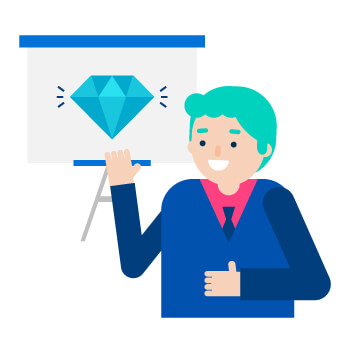
These days, it’s drummed into sales reps that they must add value in meetings, demonstrating that they’ll continue to provide useful assistance should the client sign on the dotted line. Doing this successfully demonstrates that you know what you’re talking about, and also that you care about working with the company long-term to help them achieve their goals, thereby building trust.
But what are the best techniques for adding value in that initial meeting?
Sixty-nine percent of buyers state that providing primary research data that’s relevant to their business is the best way for reps to add value. Furthermore, 95% of customers choose to buy from providers that offer relevant content at every stage of the buying process.
The amount your company is willing to invest in research or content ahead of the meeting will no doubt vary depending on the size of the potential deal. But there’s always some level of research salespeople are able to do ahead of the big date.
Use your company’s tools to pull data surrounding the business and its competitors that the organization hasn’t gathered itself. Give an analysis of the top-level findings in your presentation, explain how your products and services can help with the challenges you’ve uncovered, and then send the DM the data and your analysis. Ask your content team to create a bank of assets surrounding regular FAQs and industry pain points – whether blogs, infographics, videos, or ebooks – so you’re able to send links to additional helpful information during or after the meeting.
Make it clear you’re in this together
The best-performing sales reps use collaborative words like “we” or “us” instead of words like “I” or “me.” This is a simple method for making the prospective buyer feel like you’re on their side and want nothing more than to see their business thrive.
Asking intelligent, in-depth questions surrounding their business challenges, and coming back with potential solutions related to your products and services, takes this a step further, as does turning up to the meeting with the research and data outlined above.
However you do it, make sure your client leaves the meeting seeing your relationship as a partnership.
Tell a story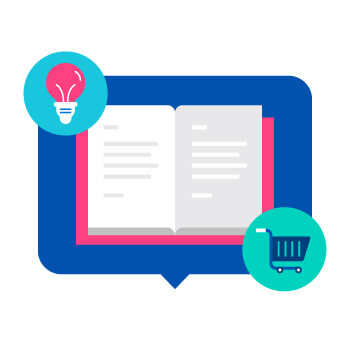
An important stat to remember when crafting your pitch: following a presentation, 63% of prospects remember stories, but just 5% remember statistics. Storytelling hooks in prospects significantly more than a bunch of dry numbers.
Turn how you can add value to your client into a story, with a clear beginning (now), middle (how you’ll work with them) and end (the results they can expect).
Ensure case studies are told in story form, too. Where relevant, you can also tell the story of your company to gain buy-in: you’ll be seen less as a faceless entity, and more as a friendly brand.
Personal Selling Examples
An example of the importance of genuinely making your customer feel like you’re on their side and building trust comes from Andrew Peterson, CEO of Signal Sciences. While at college he worked at The North Face, and says his favorite customer interactions were always those where he’d recommend the customer go to another brand to find the product they needed.
Speaking to Inc, he said: “Don’t get me wrong, I loved The North Face and all of their products! But I was always more intent on getting the customer the best product for what they were looking for. When that wasn’t something from our company, I’d tell them what they should get instead and where to get it from. Funny thing was, they always ended up buying at least something from me because they were so shocked I wasn’t just pushing our products on them. A great lesson I learned from this is that the best salespeople are the ones you trust.”
When working in sales, Richard Nieset, chief customer officer at Pixlee, found a unique way to tackle one of his employer’s toughest clients in a brilliant example of personal selling. Having been warned that the contact was a “pain in the butt” who led on salespeople but never committed, he went to a meeting armed with a toy gun filled with six bullets.
Speaking to Inc, he explained: “Here was my deal: He could ask me for anything he needed from us and anything we could possibly do, we would do. But each time he asked, he had to give me one of those bullets. When I got all six bullets, I would get to ask for something in return, and you can probably guess what that was going to be. Eventually, I got him to agree, leading to one of the largest deals in our company history.”


